Home>Ideas and Tips>Whispers In The Walls Upgrading Insulation
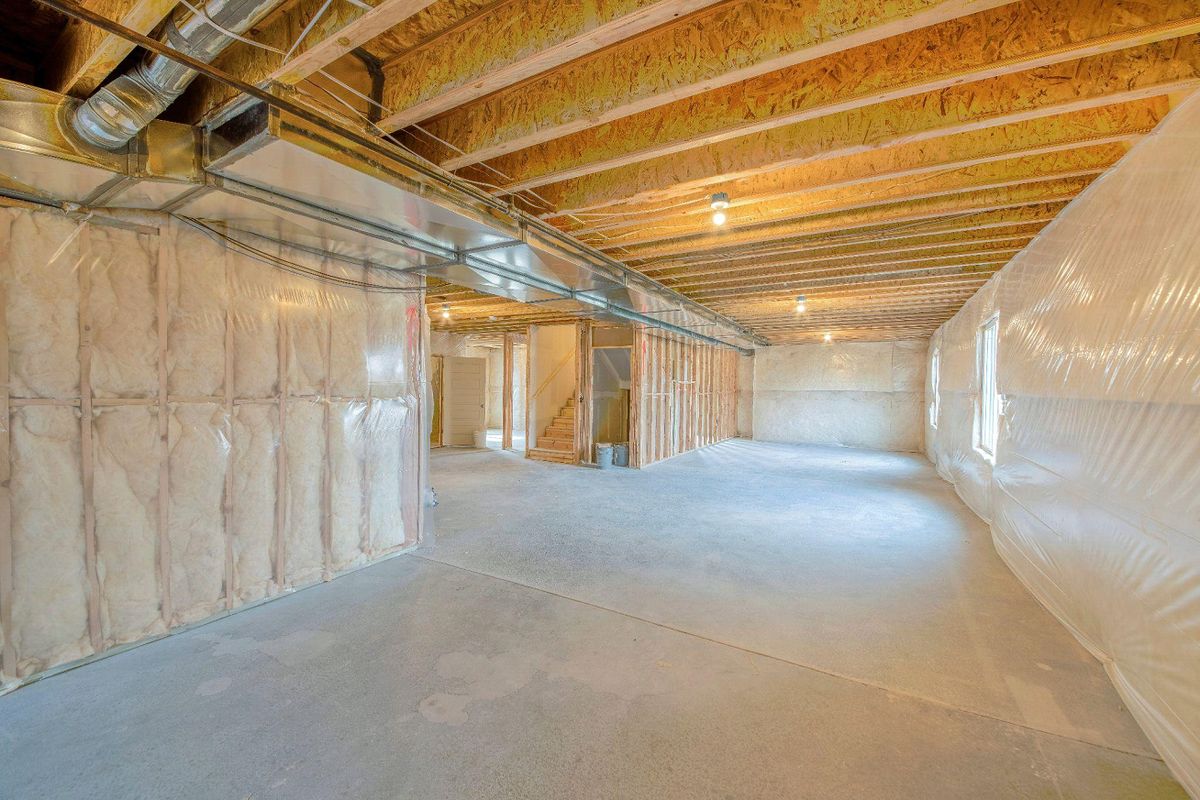

Ideas and Tips
Whispers In The Walls Upgrading Insulation
Published: October 20, 2024
Discover the best methods for upgrading insulation in century-old homes. Learn how to improve energy efficiency while preserving historical integrity.
(Many of the links in this article redirect to a specific reviewed product. Your purchase of these products through affiliate links helps to generate commission for Storables.com, at no extra cost. Learn more)
Insulating century-old walls comes with some unique challenges. The primary concern is deciding whether to insulate from the interior or exterior. Each approach has its own set of advantages and disadvantages.
Insulating from the Exterior
Adding insulation to the exterior of a century-old home can be a complex process. Exterior walls are often designed with specific considerations for water and moisture management. Insulating from the outside can potentially disrupt these systems, leading to issues such as water infiltration or increased moisture within the walls. This method requires careful planning and execution to avoid compromising the integrity of the existing structure.
Read more: What Is Wall Insulation
Insulating from the Interior
Insulating from the interior involves adding materials within the existing plaster and lath walls. This method is generally less invasive but still requires careful consideration to avoid damaging the keys or compromising the structural integrity of the walls. Interior insulation can be particularly challenging in plaster and lath walls, as it involves navigating through a complex system of lath and plaster without causing damage.
Assessing Your Home's Needs
Before embarking on an insulation upgrade, it's essential to assess your home's specific needs. Here are some key factors to consider:
Climate Zone
Understanding your climate zone is crucial for determining the type and amount of insulation required. For example, homes in colder climates like San Francisco (Climate Zone 3) may require more robust insulation to maintain a comfortable temperature.
Wall Construction
The type of wall construction in your home will significantly influence your insulation strategy. Plaster and lath walls, common in older homes, present unique challenges compared to more modern construction methods.
Vapor Barriers
Vapor barriers are critical components in retrofit insulation projects. These barriers help manage moisture within the walls by preventing it from entering or escaping. However, they must be installed correctly to avoid creating condensation issues that could lead to mold and moisture problems.
Methods for Insulating Century-Old Walls
There are several methods for insulating century-old walls, each with its own set of advantages and disadvantages.
Spray Foam Insulation
Spray foam insulation is a popular choice for its ability to air-seal and insulate simultaneously. However, it can inhibit moisture movement from inside the house to the outside, potentially causing moisture and mold problems. This makes it a last-step option after ensuring that all air leaks have been sealed and the walls are airtight.
Fibrous Insulation
Fibrous insulation materials like fiberglass or cellulose are generally safer for older homes because they allow for better vapor movement. These materials can be blown into the wall cavities through holes drilled in the exterior or interior of the walls.
Open-Cell Spray Foam
Open-cell spray foam is another option that allows for some vapor movement while providing good insulation and air-sealing properties. However, it should be applied thinly to avoid trapping moisture within the walls.
Steps for Insulating Your Home
Here’s a step-by-step guide to help you upgrade the insulation in your century-old home:
-
Conduct an Energy Audit
Start by conducting an energy audit to identify areas where heat is escaping and where insulation is lacking. This will help you prioritize your efforts and ensure that you're addressing the most critical areas first. -
Check for Gaps
Inspect your attic hatch, recessed light fixtures, duct registers, plumbing vent stacks, and dropped soffits for gaps that could be letting heat escape. -
Focus on the Attic
The attic is often the area with the best return on investment when it comes to insulation improvements. However, convoluted ceiling designs with many different rooflines and cathedral ceilings can make this process challenging. In such cases, removing the ceiling finish and starting over may be necessary. -
Retrofitting Roof Insulation
Retrofitting roof insulation requires a different approach depending on the type of roof construction. For example, if the roof has a 1-1/2-in. tongue-and-groove paneling installed over log trusses covered in tar paper, adding insulation from the exterior might be more feasible when the roof shingles are being replaced. -
Seal Air Leaks
Before adding insulation, ensure that all air leaks around the joists or other holes in the brick are sealed. A blower door test can help determine if there are any significant air leaks that need to be addressed. -
Choose Your Insulation Material Wisely
Select an insulation material that suits your needs based on factors like climate zone, wall construction type, and vapor barrier requirements. Fibrous insulation materials like fiberglass or cellulose might be safer choices for older homes due to their better vapor movement properties. -
Install Vapor Barriers Correctly
If you decide to use spray foam or another material that requires a vapor barrier, ensure it is installed correctly to avoid creating condensation issues within the walls. -
Monitor Moisture Levels
After installing insulation, monitor moisture levels within your walls to ensure that the insulation hasn't created any condensation problems that could lead to mold or moisture issues.
Read more: Upgrading Your Home’s Insulation DIY Tips
Case Studies and Real-Life Experiences
Several homeowners have shared their experiences with insulating century-old homes:
Adding Insulation within Plaster & Lath Walls
One homeowner in San Francisco discussed their concerns about adding insulation within plaster & lath walls without damaging the keys or compromising the structural integrity of their home. They considered using spray foam but were cautious about trapping moisture within the walls.
Upgrading Insulation in an Old House
Another homeowner mentioned their experience with upgrading insulation in an old brick house with stucco exterior walls and plaster interior walls. They found that adding foam insulation made a noticeable difference in comfort but highlighted concerns about moisture movement and potential mold issues.
Retrofitting Complicated Roofs
A builder shared their experience retrofitting a roof with convoluted ceiling designs by removing the ceiling finish and starting over due to the difficulty in insulating such complex rooflines.
Conclusion
Upgrading insulation in century-old homes requires careful planning and execution. By understanding the challenges associated with different insulation methods and assessing your home's specific needs, you can make informed decisions about how best to improve your home's energy efficiency while maintaining its historical integrity. Whether you choose to insulate from the interior or exterior, ensuring that all air leaks are sealed and vapor barriers are installed correctly is crucial for preventing moisture-related issues. With the right approach, you can enjoy a more comfortable living space while reducing energy consumption.
By following these steps and considering the unique challenges associated with insulating century-old walls, you can transform your home into a more energy-efficient and comfortable living space. Remember to always prioritize safety and take necessary precautions when working with insulation materials to avoid any potential risks or complications.
Was this page helpful?
At Storables.com, we guarantee accurate and reliable information. Our content, validated by Expert Board Contributors, is crafted following stringent Editorial Policies. We're committed to providing you with well-researched, expert-backed insights for all your informational needs.
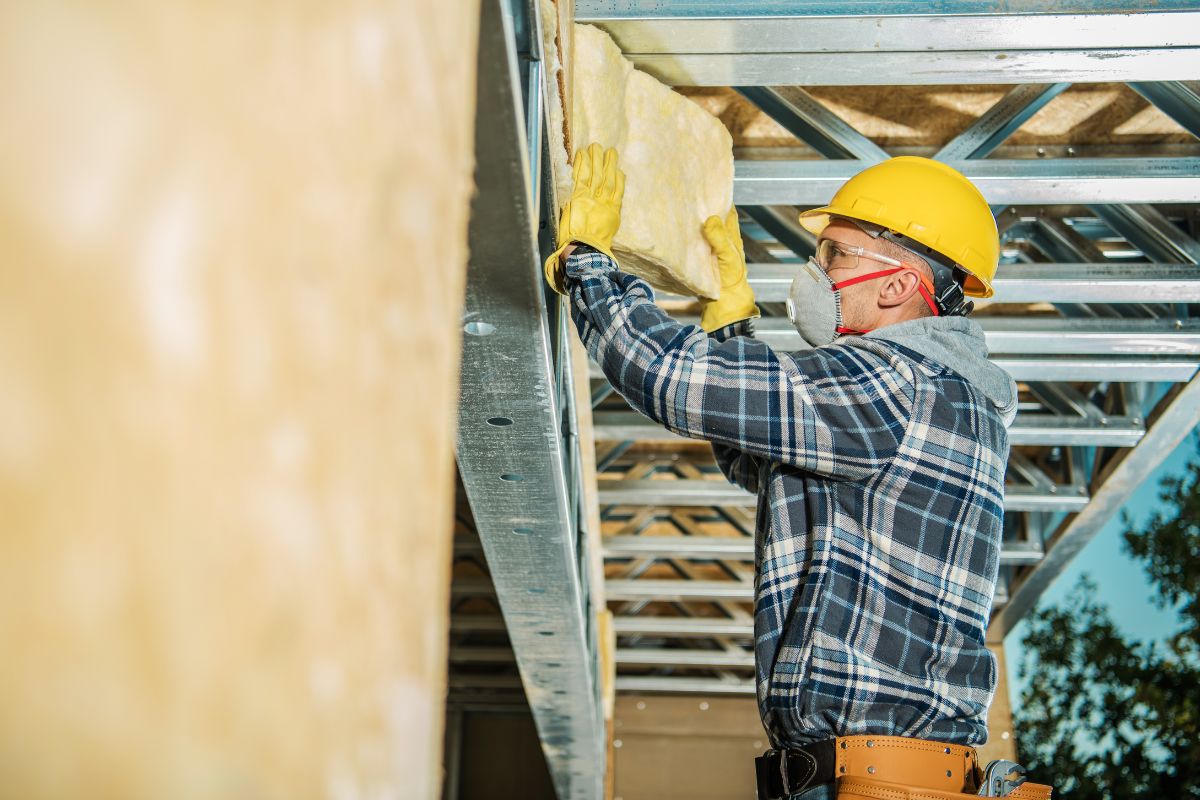
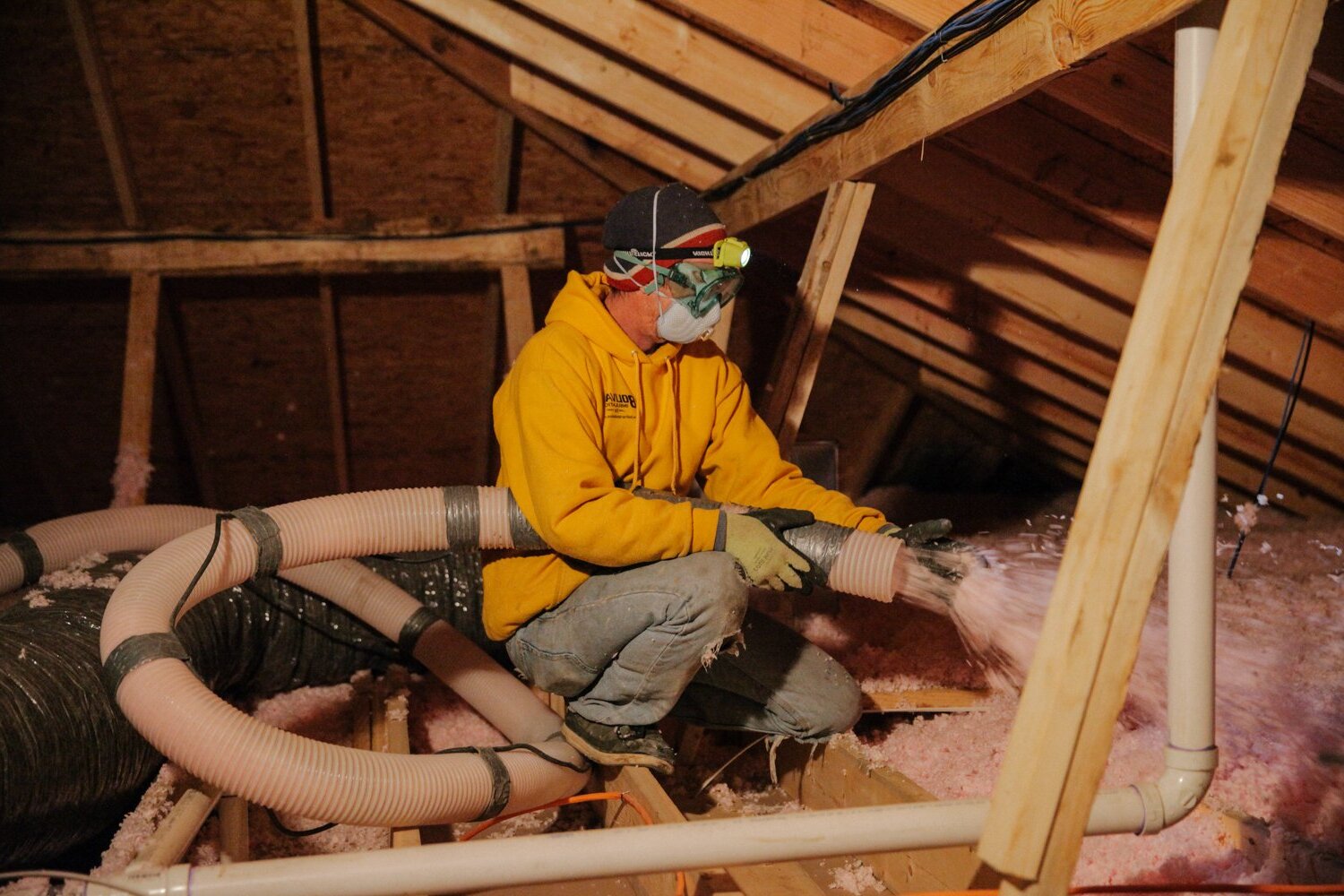
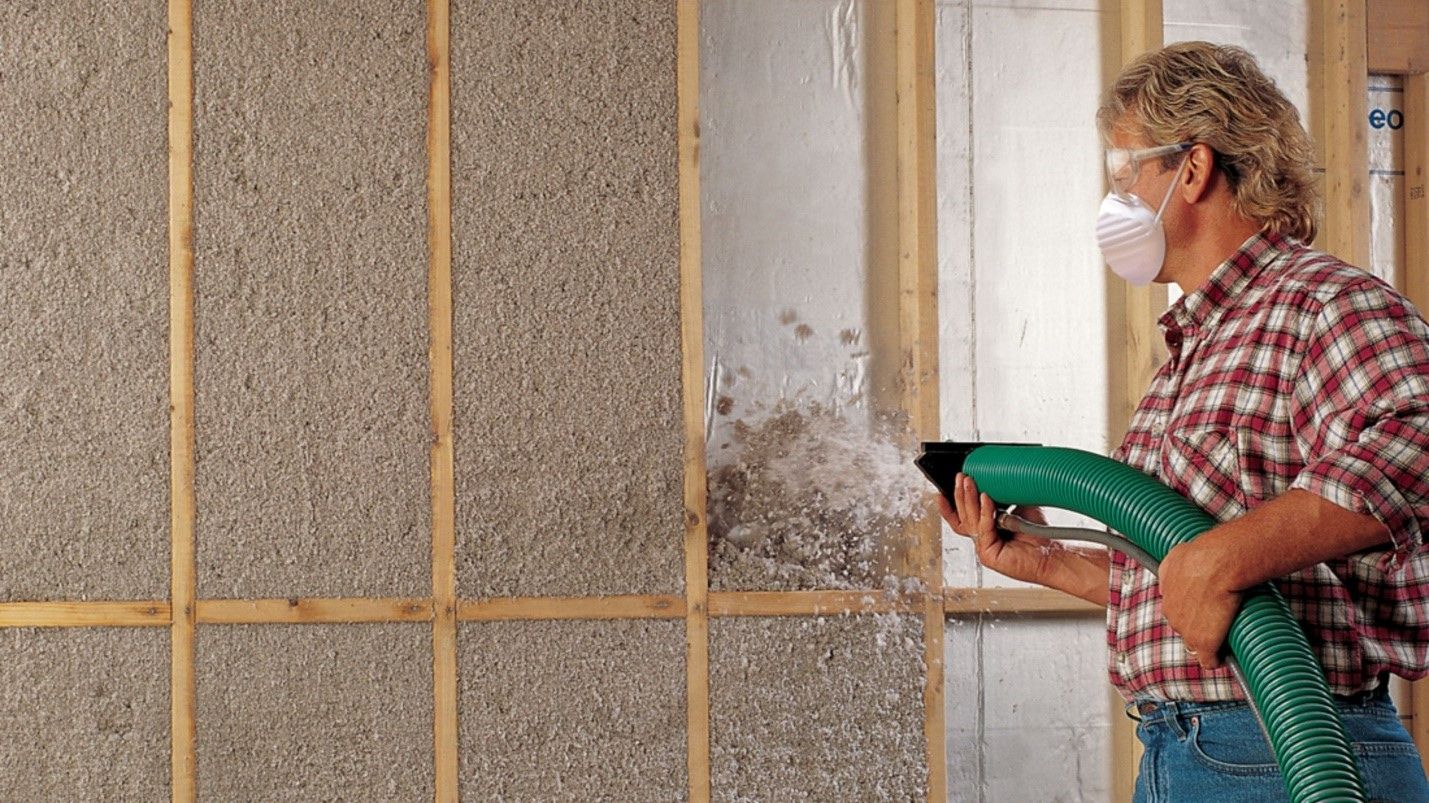
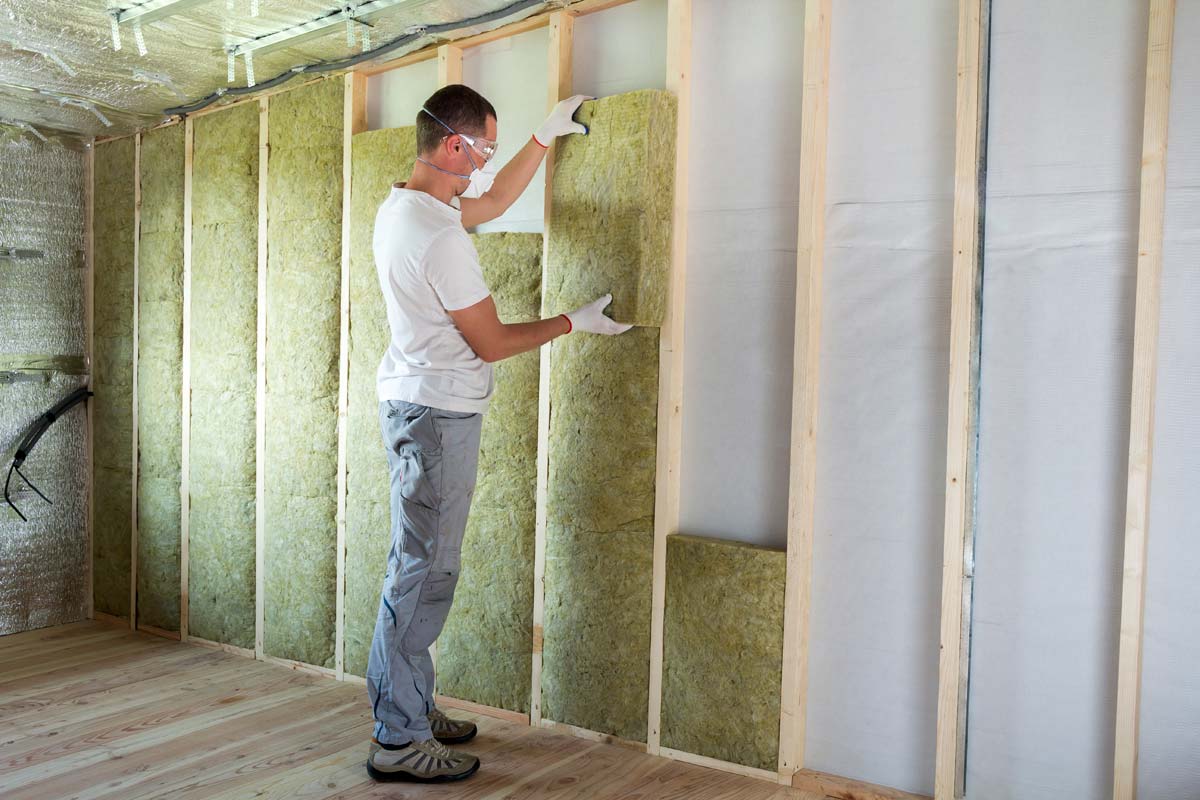
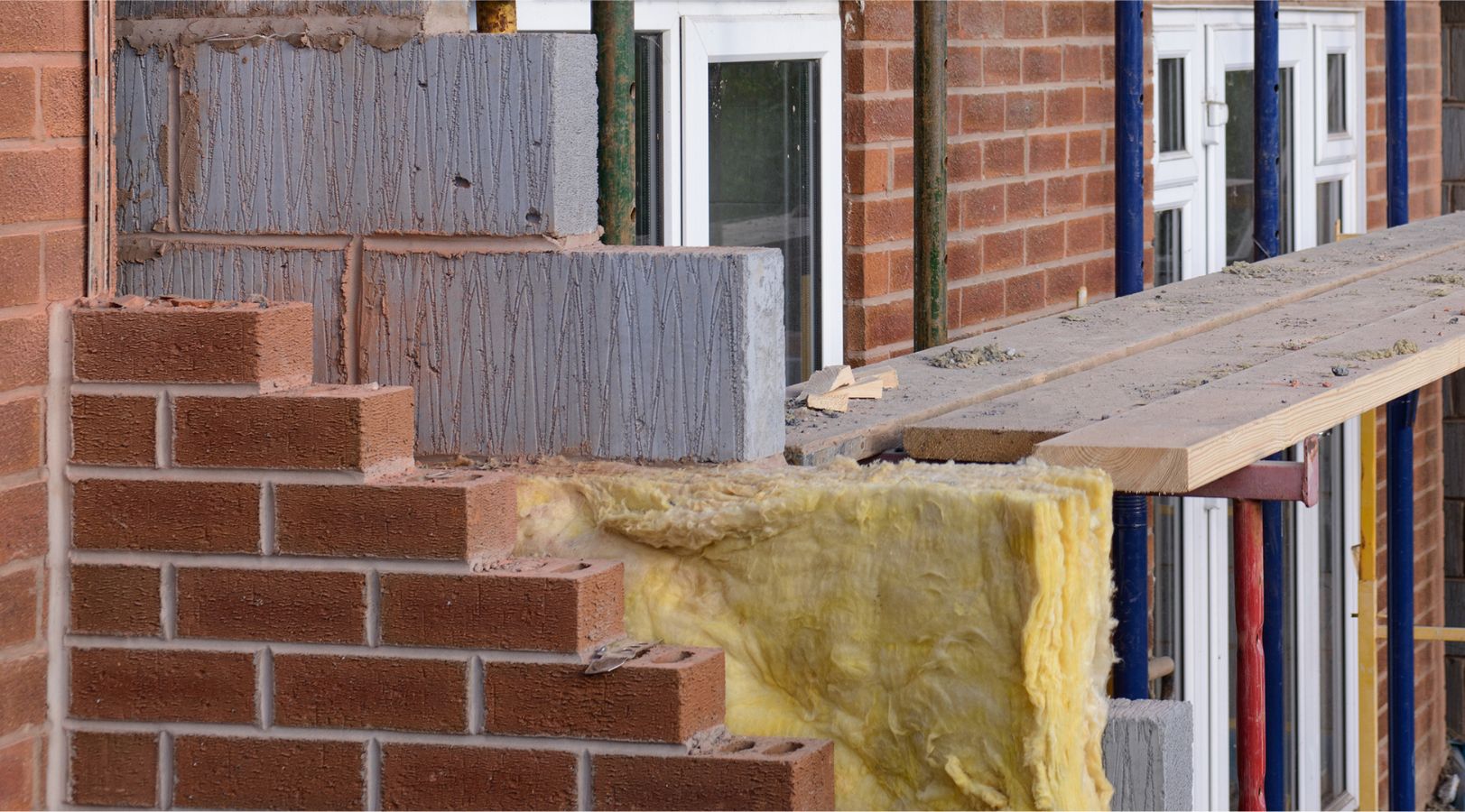
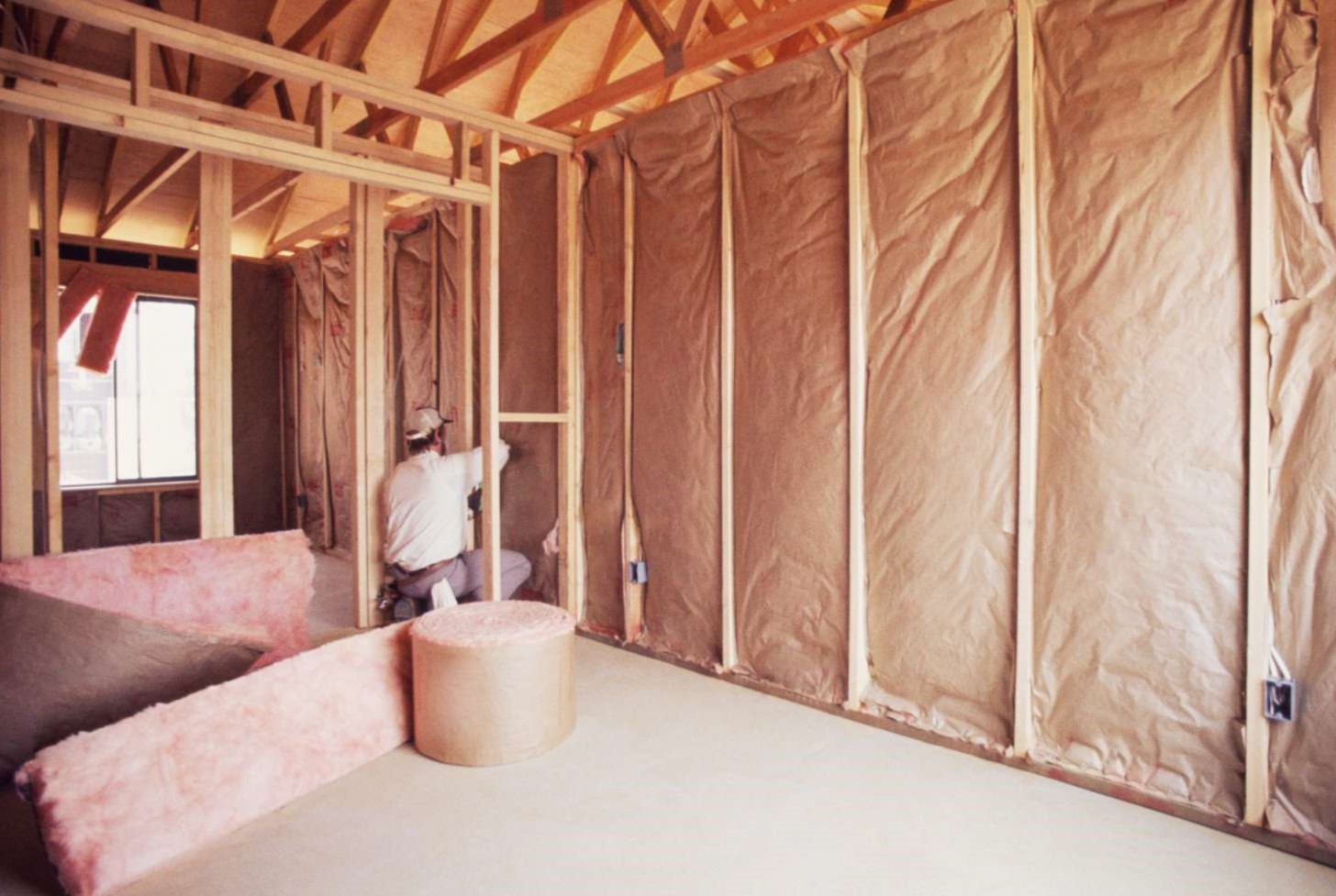
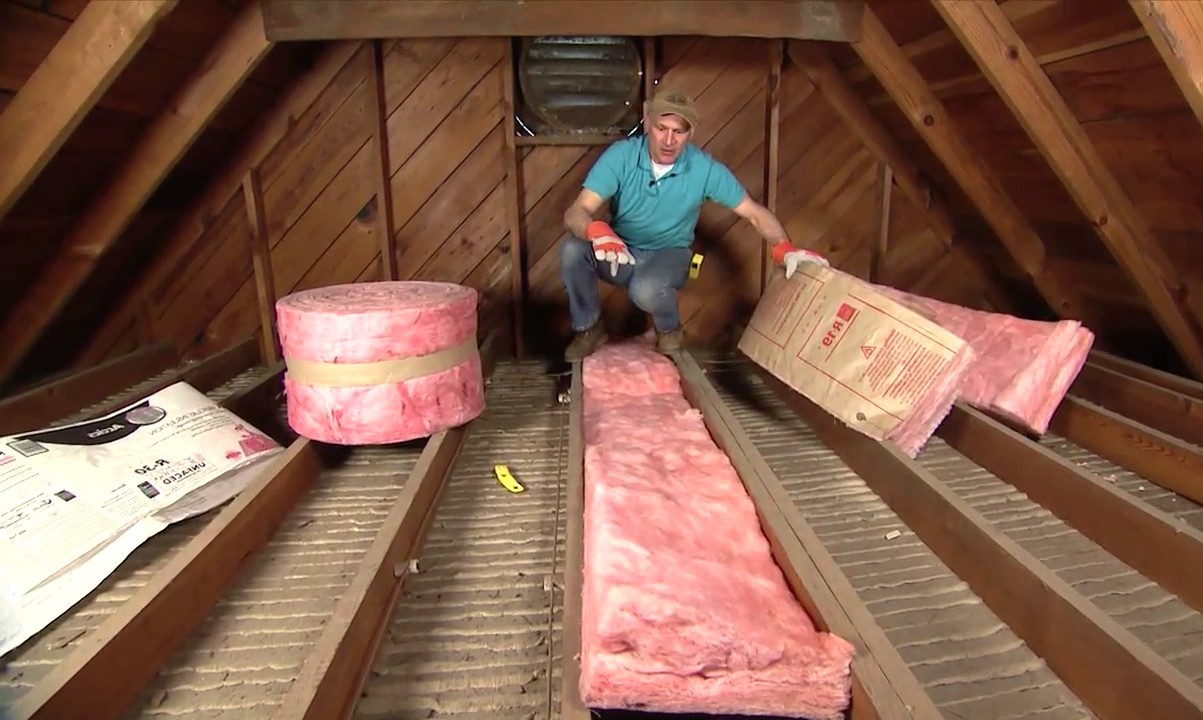
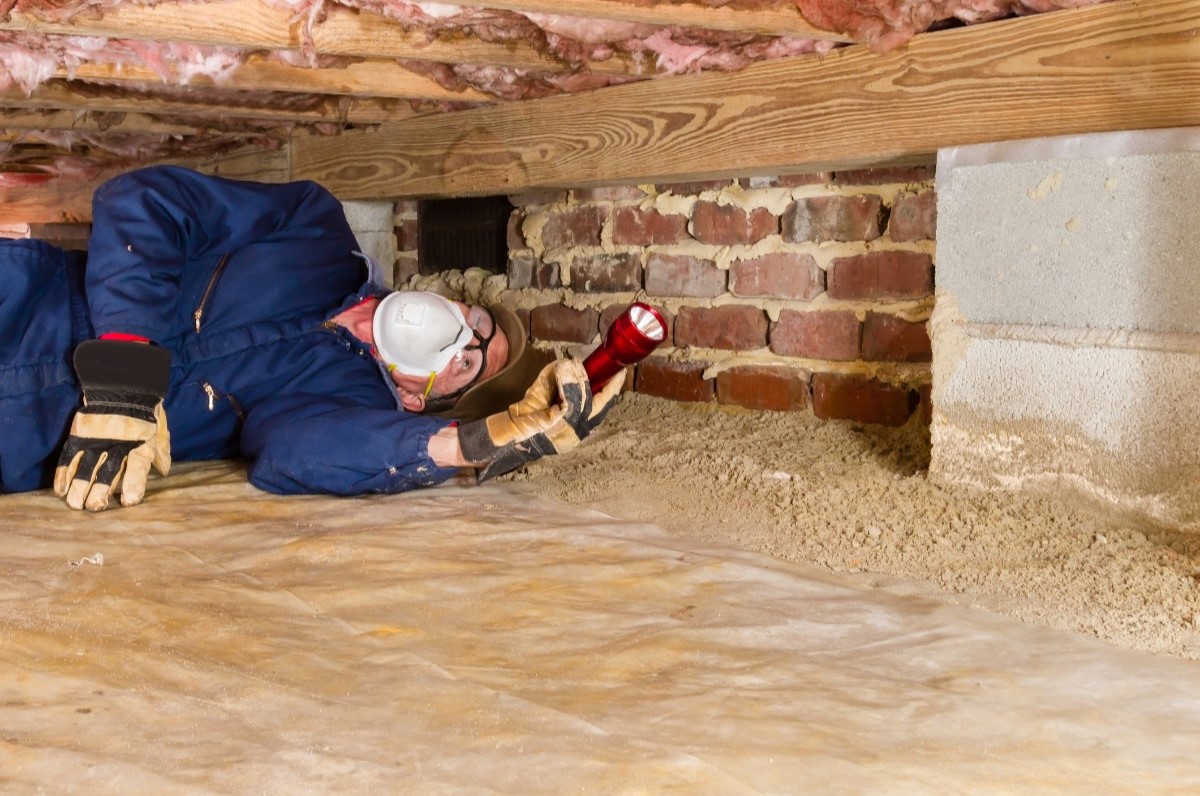
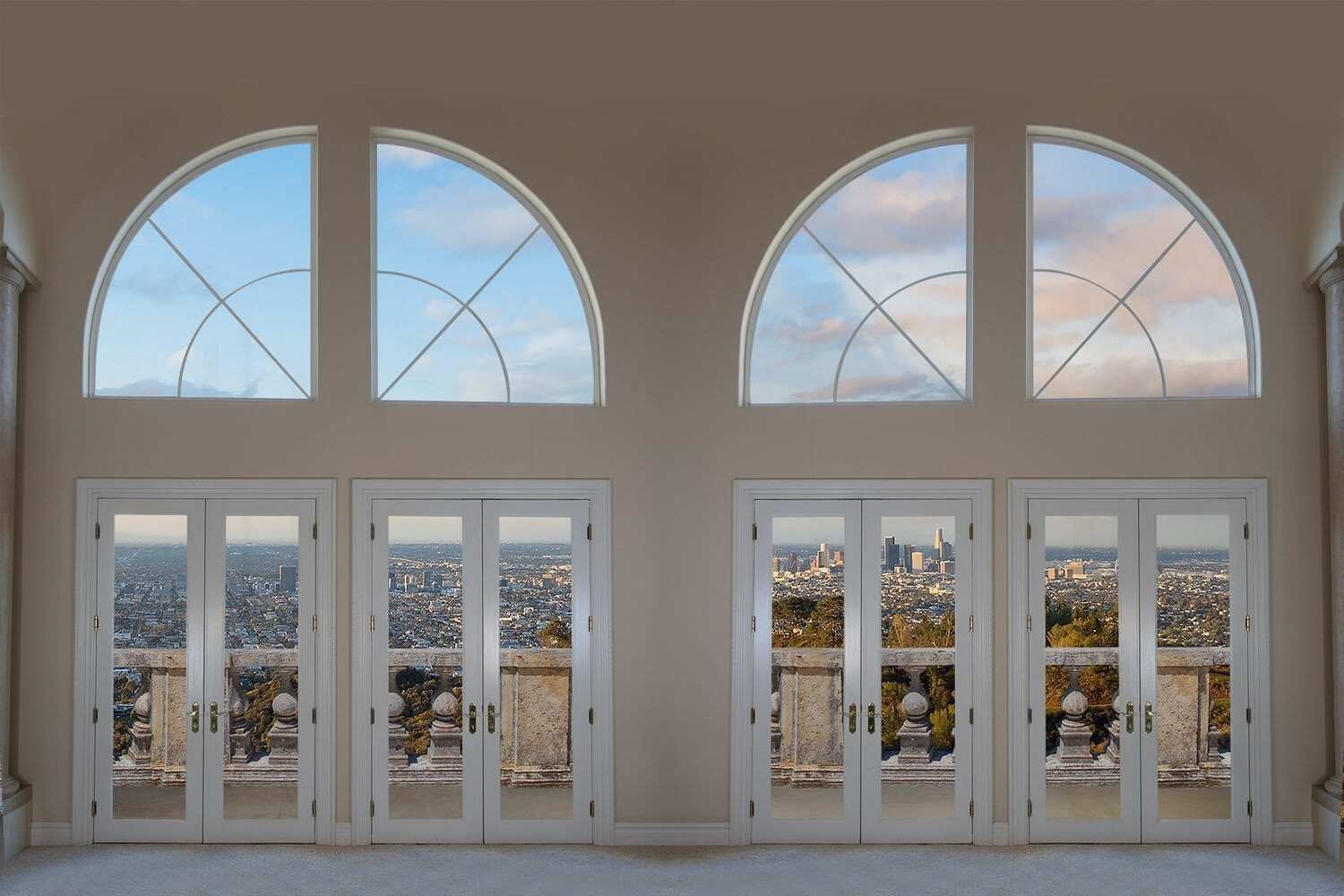
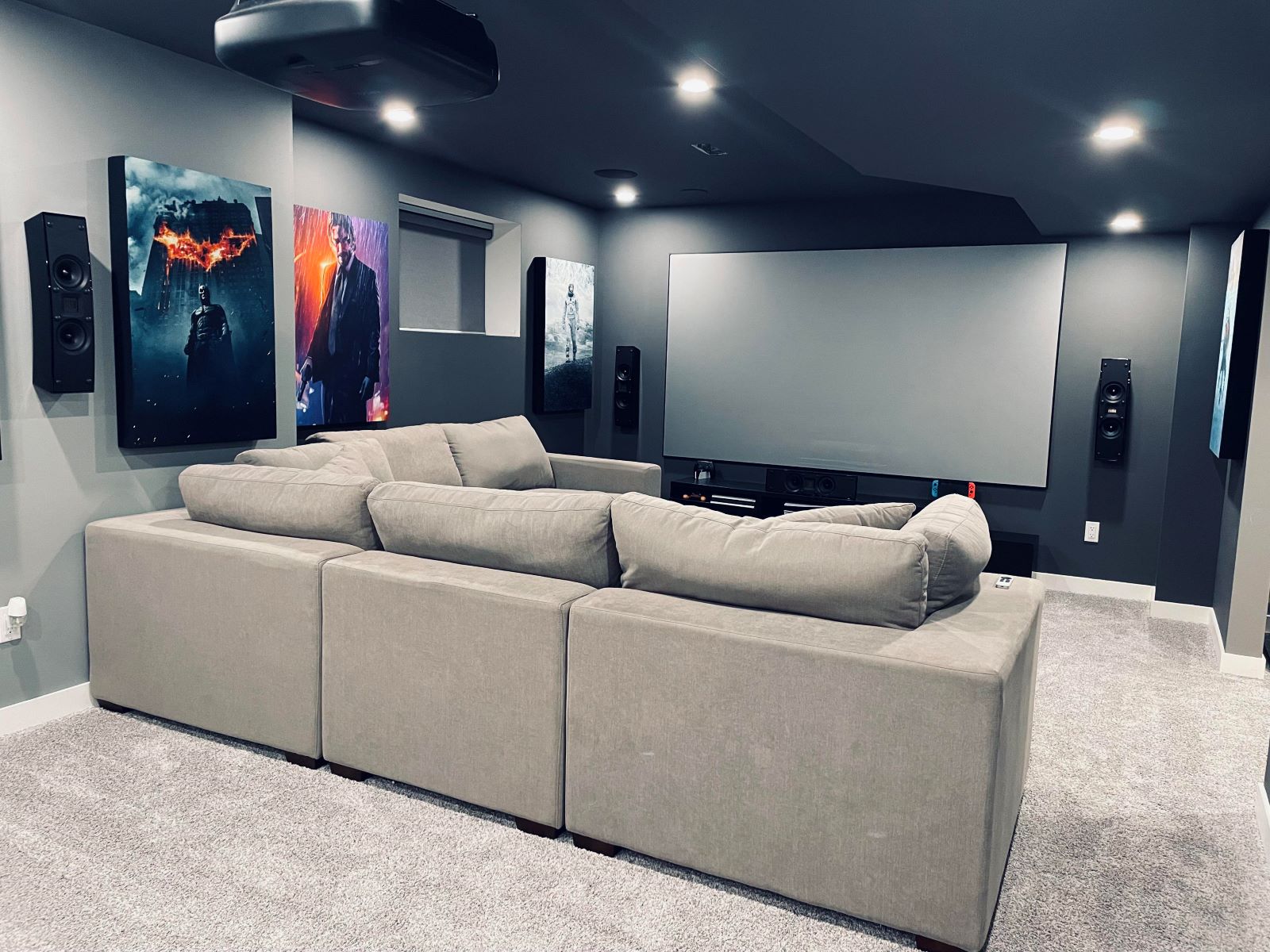
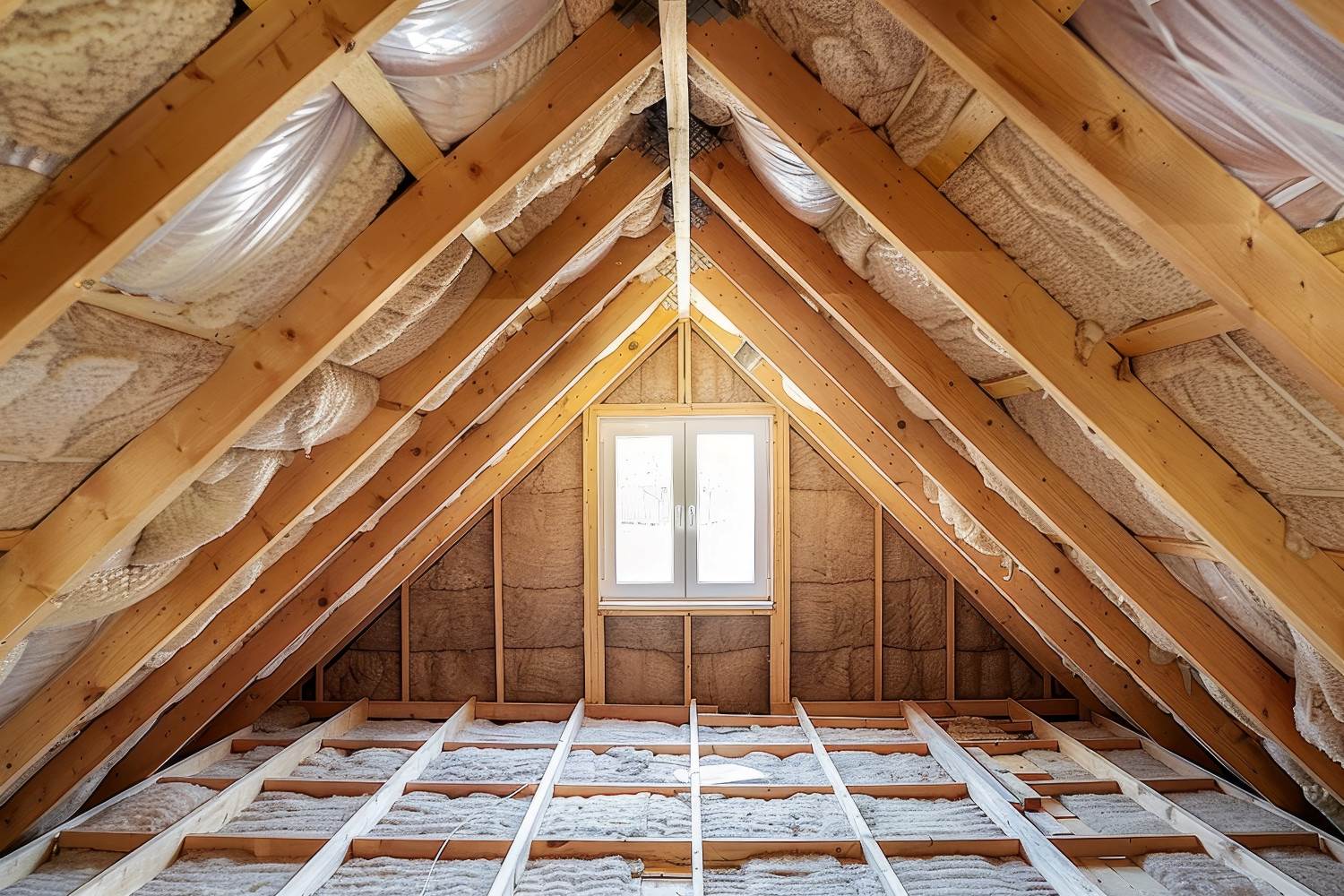
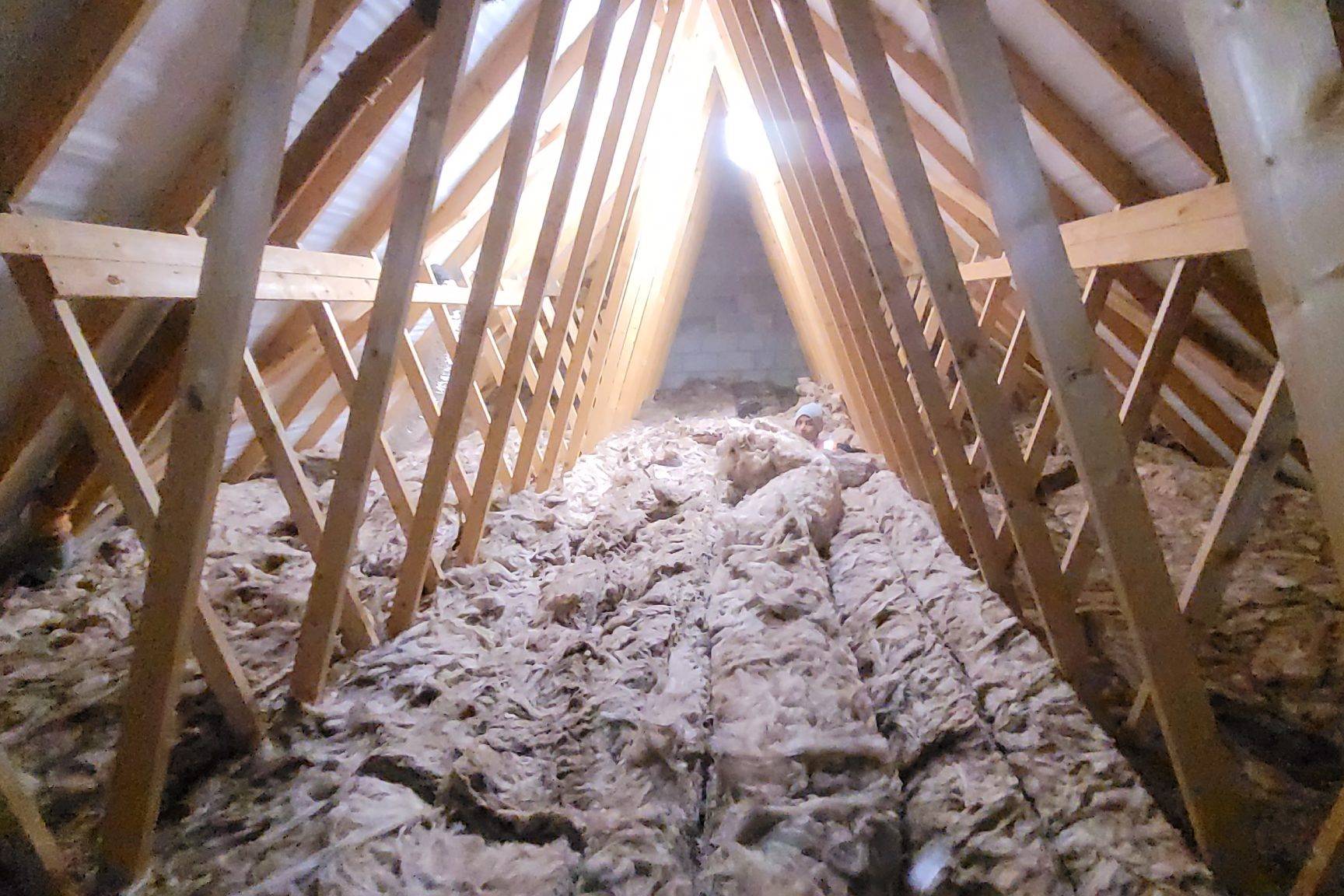
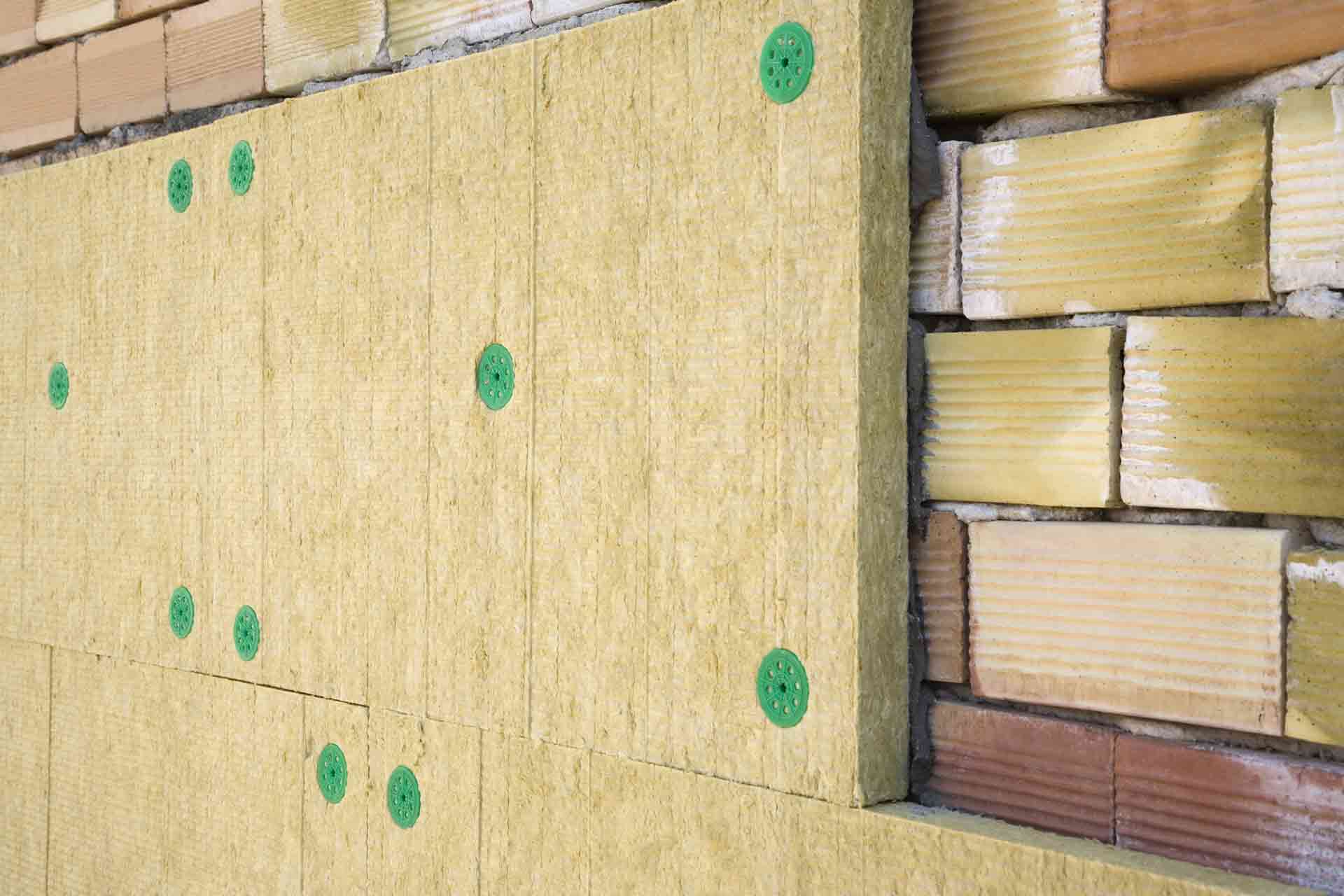
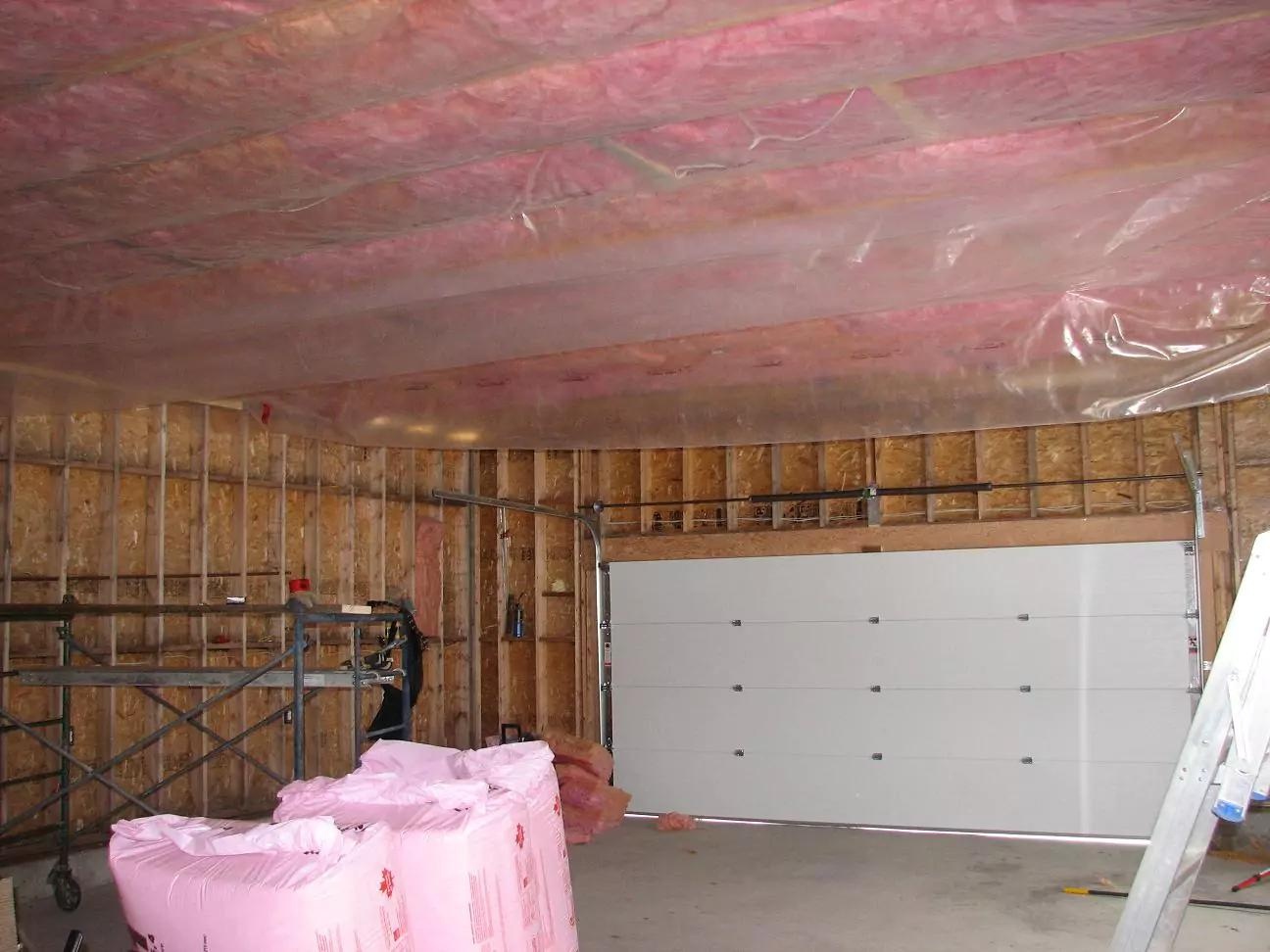

0 thoughts on “Whispers In The Walls Upgrading Insulation”